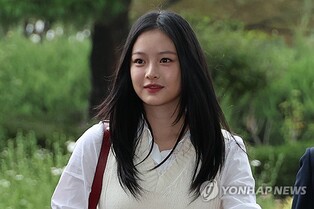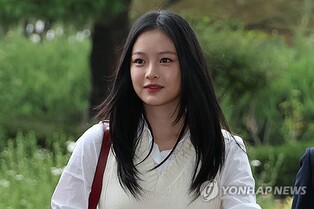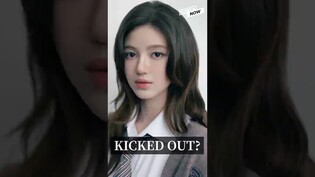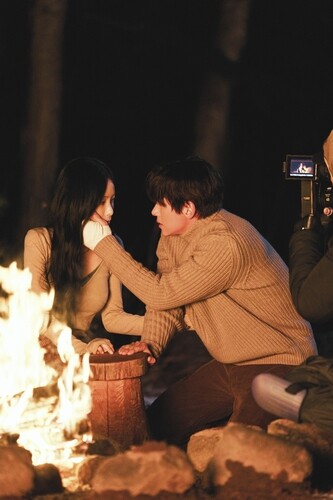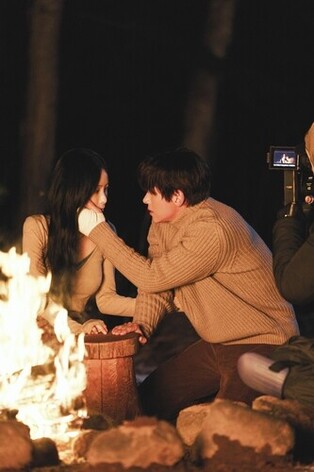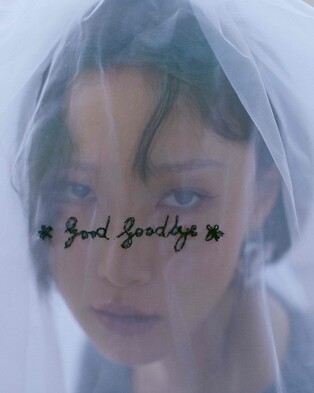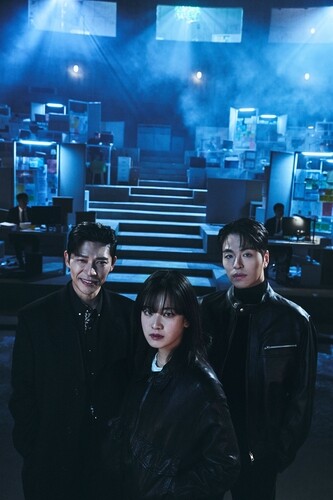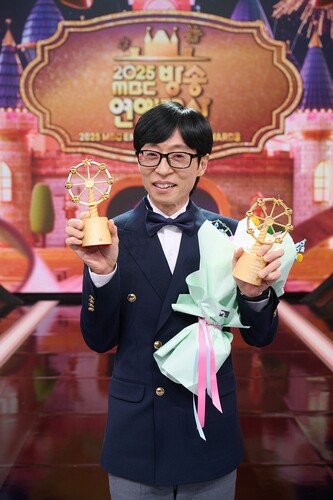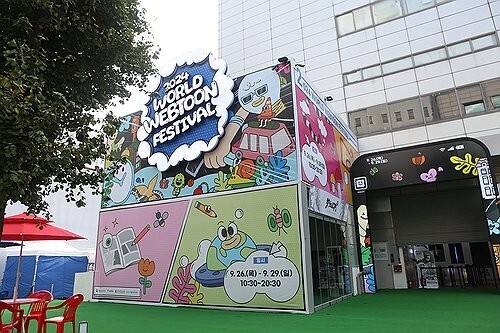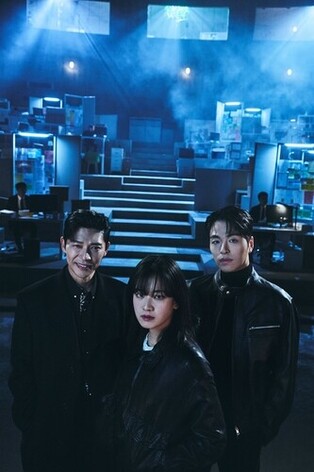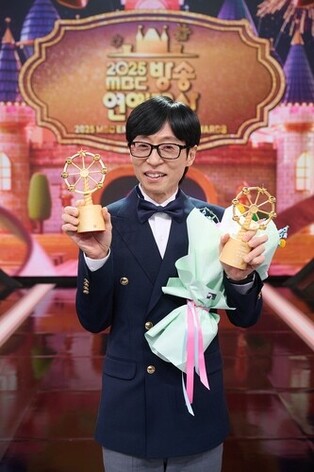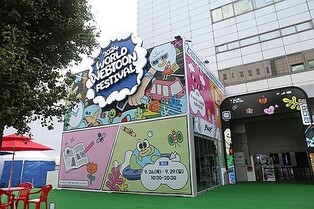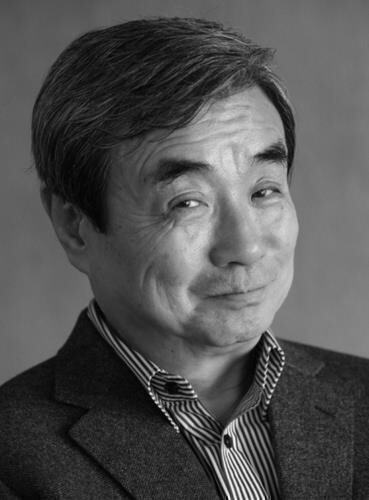
It was only shortly before Kim Swoo Geun passed away in 1986 that I learned how serious his illness was. Until then, all I had heard from those close to him were downplayed stories—something about severe neuralgia in his spine, that he would recover soon, and so on.
The rumors of serious illness, which had been circulating for a while, only reached me when it had become almost certain that he would pass away soon. I should have gone to see him earlier.
If I had, perhaps we could have talked a little more…
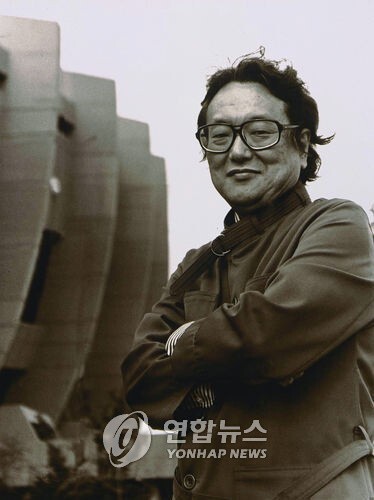 |
| ▲ Late South Korean architect Kim Swoo Geun. (Yonhap) |
So many things happened in those first six years I spent learning architecture from him, and in the nearly twenty years that followed. There are so many things I could have remembered, so many stories I could have told.
I suddenly recalled one evening, a few years before his death, when the two of us had a long chat late at night at the Yongpyong Ski Resort. The memory brought a faint smile, but also sadness. I wished we had been able to talk more like that.
But perhaps the fact that we didn’t... was just the way things were meant to be.
That day, I stood blankly in front of his hospital room door. I had no idea what I could possibly say once I walked in. Truly, not a single word came to mind.
By his bedside sat the loyal secretary who had stayed with him for twenty years. The swirl of thoughts in my head refused to take shape into words. Should I try to offer comfort?
But what would I even say? That I wished him a speedy recovery? Or... goodbye?
He lifted his upper body slightly and gave me a welcoming expression. That alone was a small relief. After a long pause, he gave me that charming, almost-smiling look I had seen many times before, and said:
"I did a lot of bad things."
He winked playfully with one eye, as if trying to console me. I couldn’t think of how to respond. Without meaning to, reflexively, I blurted out:
"You did a lot of good things too."
It was all I could say.
"Really?"
His face, which had seemed to be smiling, suddenly twisted with pain, the expression of agony spreading across his entire face. I couldn’t bear to watch any longer. I stepped outside.
I still don’t know what “bad things” he was referring to.
Perhaps he meant the works he felt weren’t good enough?
A few days later, I heard that the hospital could no longer provide treatment and that he had been discharged to his home in Cheongpa-dong. I also heard that, in the meantime, he had received baptism from Father Jung Eui-chae in Bulgwang-dong, and that a few people had gone to see him and shared a few final conversations.
That’s when I thought of what I could do.
I asked Father Ham Se-woong to accompany me and offer a prayer. We went together to Cheongpa-dong and prayed for his suffering to be eased.
After his passing, I found myself completely unable to write or speak about the event. I simply read what others had written and was struck by how many people loved and cherished him. I was also amazed to see how so many people felt that they, more than anyone else, had been the closest to him.
At first, I couldn’t make sense of any of it. But now, after several decades, my thoughts have finally settled into a more coherent direction.
He gave us so much. To all Koreans, to all those around him, and especially to everyone in the Korean architectural world.
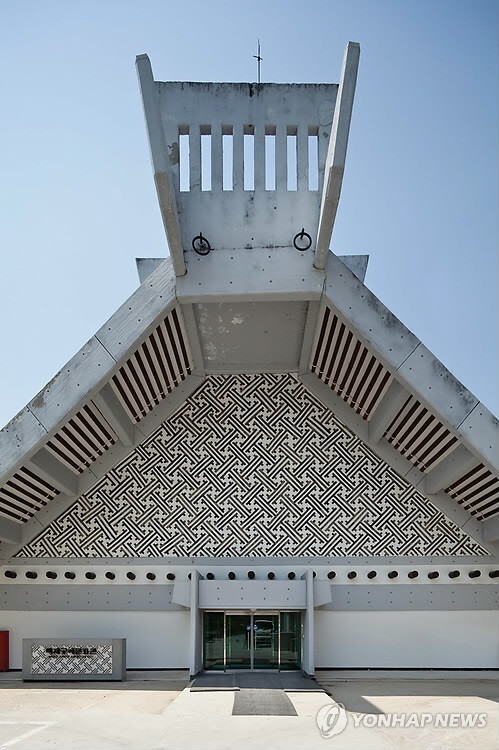 |
| ▲ From June 10 to July 21, 2013, the Seoul Museum of History held a special exhibition titled “Opening Ports, War, and Modern Korean Architecture” in its first-floor special exhibition hall. Jointly hosted by the Seoul Museum of History and Docomomo Korea, the exhibition aimed to introduce Korea’s modern architects to the world and re-evaluate the significance of modern Korean architecture. The photo shows the National Buyeo Museum (1967) by architect Kim Swoo Geun—often criticized for resembling a Japanese shrine, yet it provoked deeper reflection on the essence of Korean identity. Photo courtesy of the Seoul Museum of History. (PHOTO NOT FOR SALE) (Yonhap) |
On this rugged, sloped Korean land, he carved out a space for us to stand. He didn’t do it out of sacrifice or service; he did it while elevating and distinguishing himself, and with joy.
In meetings, his sharp wit and biting humor overwhelmed the room. In that way, he asserted his vision and spread it throughout the architectural community.
I came to believe that, as much as he gave us, we all owed him a debt in return. That’s a realization that only came to me long after he was gone. And I feel ashamed of it.
He was someone who started things. He didn’t seem to think much about when, or who, or how things would be wrapped up later. So I came to think—yes, those destined for big things shouldn’t be too preoccupied with every little detail. That was a realization I only came to after his passing.
Even when many people came together to try to tie up the loose ends he had left behind, it didn’t go as smoothly as hoped. And in that struggle, I came to reflect once again on the measure of a person’s capacity. That too was a realization after he left us.
Even after his death, he continues to make us think. That, too, is a debt we owe him.
(C) Yonhap News Agency. All Rights Reserved

















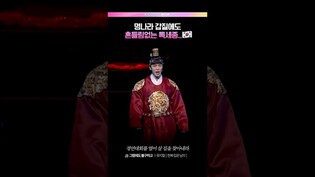
![[풀영상] 2025 MBC 방송연예대상 레드카펫|유재석·전현무·기안84·김연경·세븐틴 부승관·박지현·제베원(ZB1) 규빈·투어스(TWS) 도훈·주우재·하하 외](/news/data/20251229/p179586605817354_616_h.jpg)
